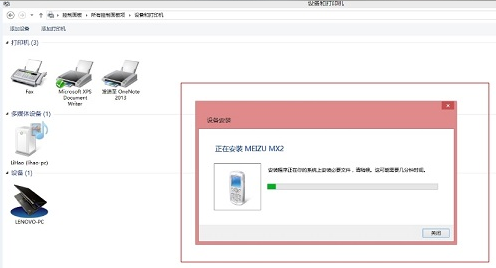I am looking for a simple Perl implementation that verifies a Google authenticator token that has been created using a server side secret. For instance,
The following Google URL allows you to encode a server secret in base32 format (in the below case the secret is e4ytonjeim4hcsrhja5fe5kqfu) as a QR code that can be read from Google authenticator app (see image below):
https://chart.googleapis.com/chart?cht=qr&chs=100x100&chl=otpauth%3A%2F%2Ftotp%2Fmysite%3A29%3Fsecret%3De4ytonjeim4hcsrhja5fe5kqfu%26issuer%3Dmysite

Once the QR code is scanned into the authenticator app it produces tokens like: 716340. How do I verify the correctness of the token?
This question is the Perl equivalent of this Python question:
Google Authenticator implementation in Python
Here's another solution, and you can verify it matches the tokens produced in this example
use Authen::OATH;
use Convert::Base32;
my $oath = Authen::OATH->new();
my $secret = "JBSWY3DPEHPK3PXP";
my $otp = $oath->totp( decode_base32( $secret ) );
print $otp."\n";
Ok it took a little while but I've got a Perl solution (hopefully this makes up for the slightly lazy question :) Thanks to Borodin for his help with this (Taking the SHA1 HMAC of hex strings in Perl)
#!/usr/bin/perl -w
use strict;
use warnings;
use Convert::Base32;
use Digest::HMAC_SHA1 qw/ hmac_sha1_hex /;
my $base_32_secret = "JBSWY3DPEHPK3PXP";
print "".totp_token($base_32_secret)."\n";
sub totp_token {
my $secret = shift;
my $key = unpack("H*", decode_base32($secret));
my $lpad_time = sprintf("%016x", int(time()/30));
my $hmac = hmac_sha1_hex_string($lpad_time, $key);
my $offset = sprintf("%d", hex(substr($hmac, -1)));
my $part1 = 0 + sprintf("%d", hex(substr($hmac, $offset*2, 8)));
my $part2 = 0 + sprintf("%d", hex("7fffffff"));
my $token = substr("".($part1 & $part2), -6);
return $token;
}
sub hmac_sha1_hex_string {
my ($data, $key) = map pack('H*', $_), @_;
hmac_sha1_hex($data, $key);
}
Would Auth::GoogleAuthenticator work for your purposes?
Edit: sure it does; this validates the OTP as generated by the JS. When the counter isn't timely anymore it returns a empty string; i.e. false. And using the URL results in the app being synced to the JS:
use Data::Printer;
use Auth::GoogleAuthenticator;
my $auth = Auth::GoogleAuthenticator->new(secret_base32 => q/e4ytonjeim4hcsrhja5fe5kqfu/);
say $auth->registration_url;
p($auth->verify('252499'));
Output:
otpauth://totp/?secret=e4ytonjeim4hcsrhja5fe5kqfu
1
For posterity, I took the script from @Vijay's answer (thanks dude), simplified the algorithm a bit, added docs from TOTP definition, and added some sample code.
The number generation code I whittled down to which is just a simplification of @Vijay's answer:
use Digest::HMAC_SHA1 qw/ hmac_sha1_hex /;
my $paddedTime = sprintf("%016x", int(time() / $TIME_STEP));
my $data = pack('H*', $paddedTime);
my $key = decode_base32($secret);
# encrypt the data with the key and return the SHA1 of it in hex
my $hmac = hmac_sha1_hex($data, $key);
# take the 4 least significant bits (1 hex char) from the encrypted string as an offset
my $offset = hex(substr($hmac, -1));
# take the 4 bytes (8 hex chars) at the offset (* 2 for hex), and drop the high bit
my $encrypted = hex(substr($hmac, $offset * 2, 8)) & 0x7fffffff;
# the token is then the last 6 digits in the number
my $token = $encrypted % 1000000;
# make sure it is 0 prefixed
return sprintf("%06d", $token);
The full TOTP 2 Factor Auth Perl script can be downloaded from Github.






